Load-Bearing Capacity of Pipe Supports for Large-Diameter Pipelines
2025-06-26 18:05:00
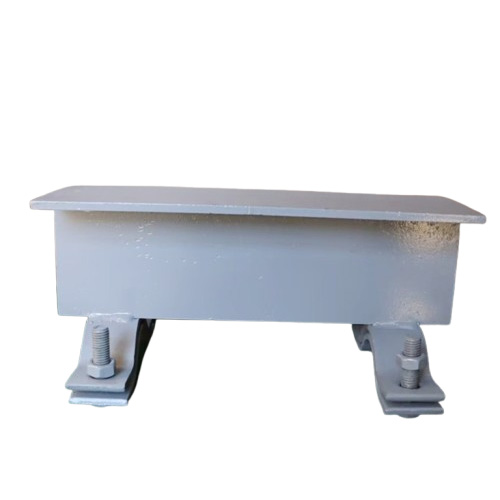
Load-Bearing Capacity of Pipe Supports for Large-Diameter Pipelines
Pipe supports for large-diameter pipelines play a crucial role in safely carrying the weight of the pipe itself, the conveyed fluid, insulation, and any additional loads such as wind or seismic forces. Understanding and ensuring adequate load-bearing capacity is vital for the structural integrity and longevity of the pipeline system.
Key Factors Affecting Load-Bearing Capacity:
Pipe Weight and Contents:
Large-diameter pipes inherently have greater weight due to their size and wall thickness. The weight of the fluid inside—whether water, oil, gas, or slurry—also significantly adds to the load the support must carry.
Support Type and Design:
Supports such as saddles, pipe shoes, or structural cradles distribute the load over a wider area, reducing local stress. The design must ensure even load distribution to avoid concentrated stresses that can damage the pipe or support.
Material Strength:
The support materials must have sufficient strength to handle static and dynamic loads. Structural steel with appropriate grades is commonly used, often combined with reinforced bases or concrete foundations for additional support.
Load Combinations:
Supports must be designed for combined loads including:
Dead load (pipe and contents)
Live load (maintenance, personnel)
Environmental loads (wind, seismic, thermal expansion forces)
Safety Factors and Standards:
Engineering design standards (such as ASME B31.3, EN 13480) specify minimum safety factors and load criteria. Designers must incorporate these factors to ensure the support can safely handle unexpected loads or variations.
Thermal Effects:
Large pipelines undergo significant thermal expansion and contraction, causing additional stresses. Supports must be able to accommodate these forces without losing load-bearing capacity.
Foundation and Anchorage:
The stability of the support depends on the strength of the foundation or anchorage system. For very large loads, supports may be anchored into reinforced concrete pads or integrated into structural steel frameworks.
Conclusion:
The load-bearing capacity of pipe supports for large-diameter pipelines depends on a careful balance of pipe weight, material properties, support design, and environmental factors. Accurate load calculations and adherence to engineering standards are essential to select or design supports that ensure safety and operational reliability throughout the pipeline’s lifespan.
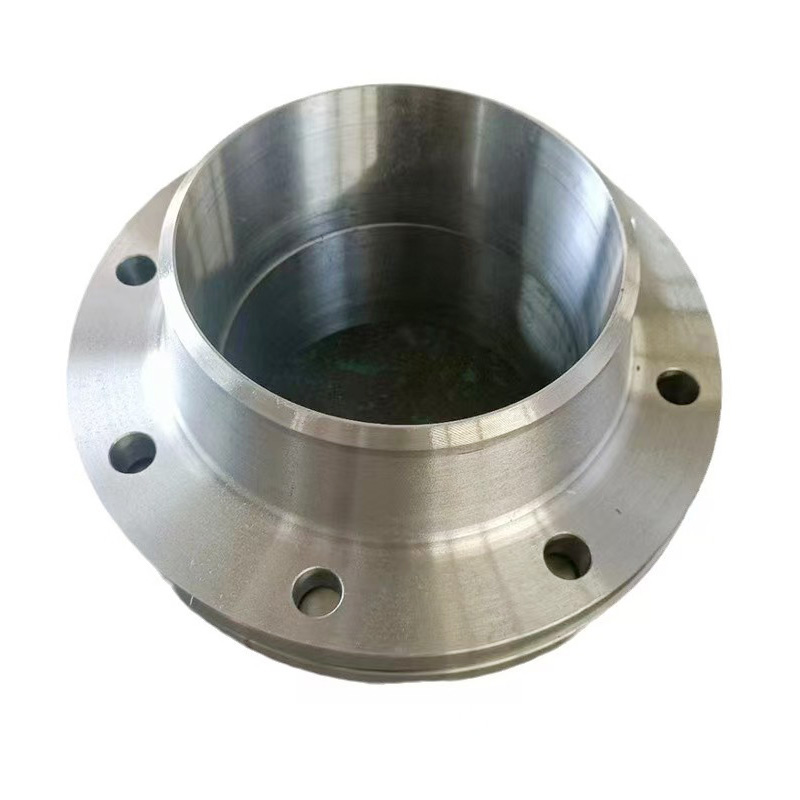
AWeld Neck Flange (WN Flange)is a type of piping flange designed to be welded to a pipe or ...
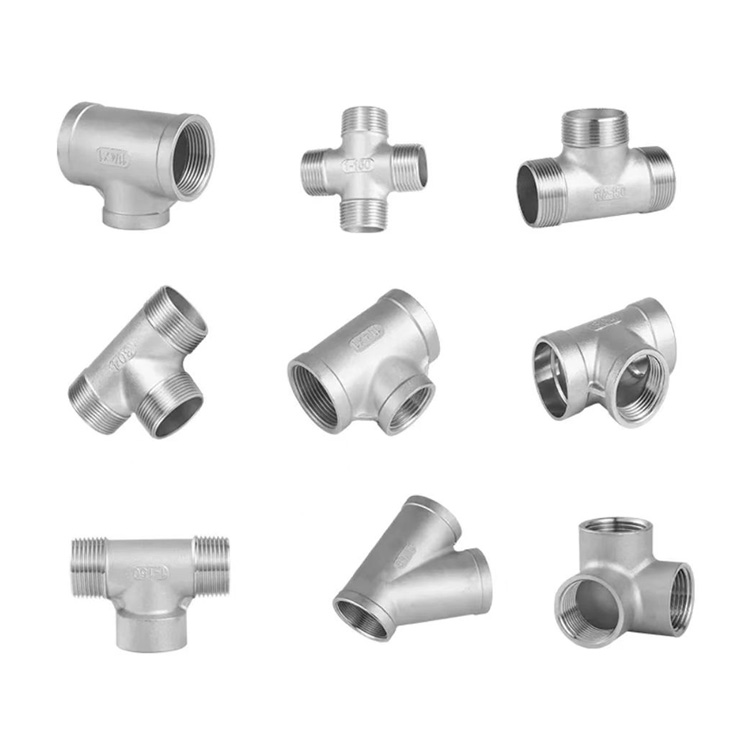
Socket fittings are essential components in piping systems, designed to connect, branch, or...
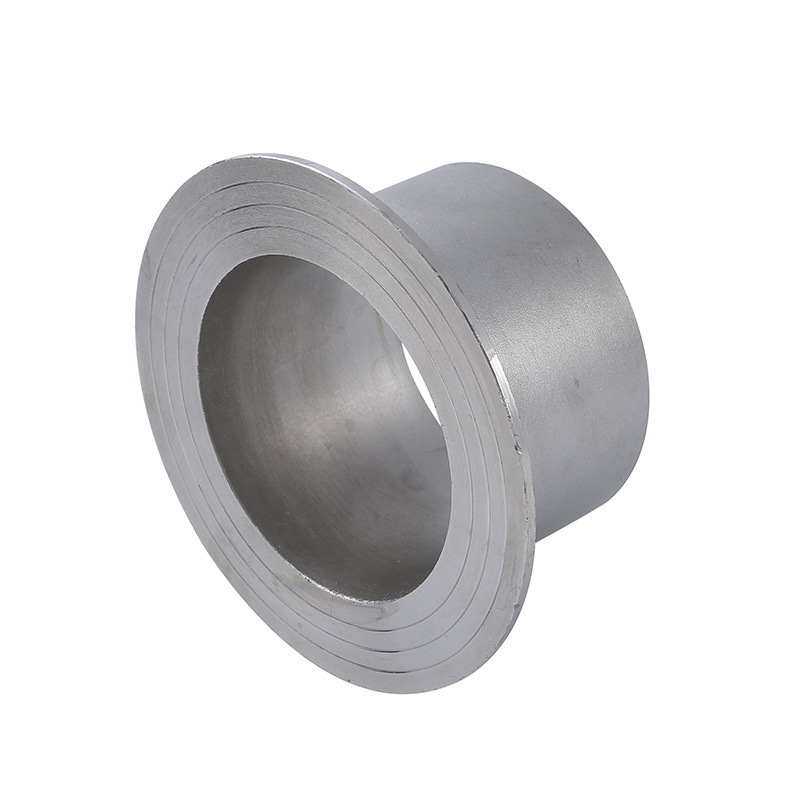
Welding ring is a commonly used metal ring component in pipeline connection or equipment do...
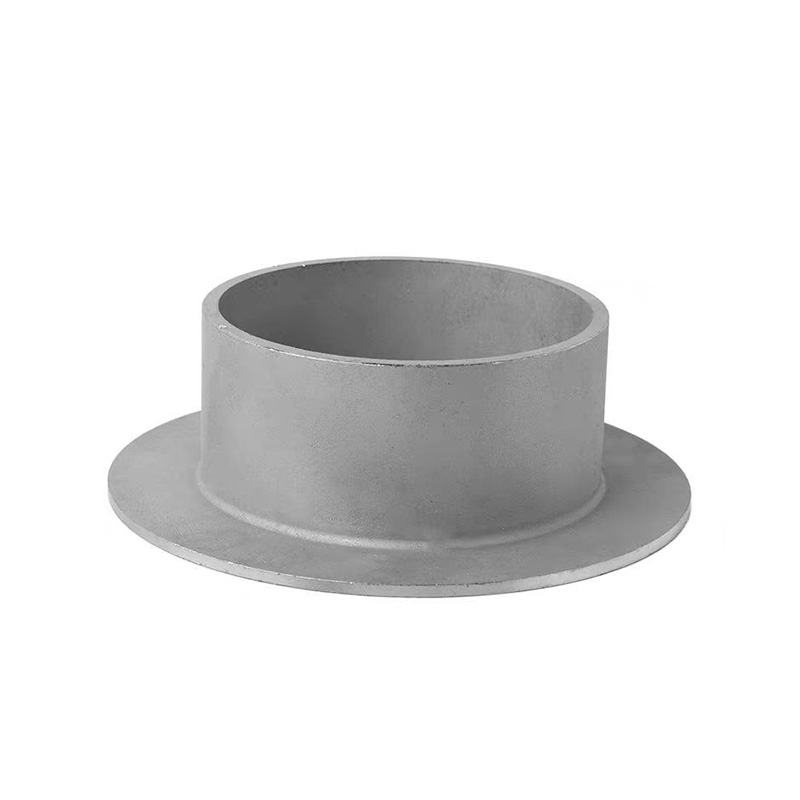
Welding ring is a pipe fitting used for pipeline connection. The following is its detailed ...






